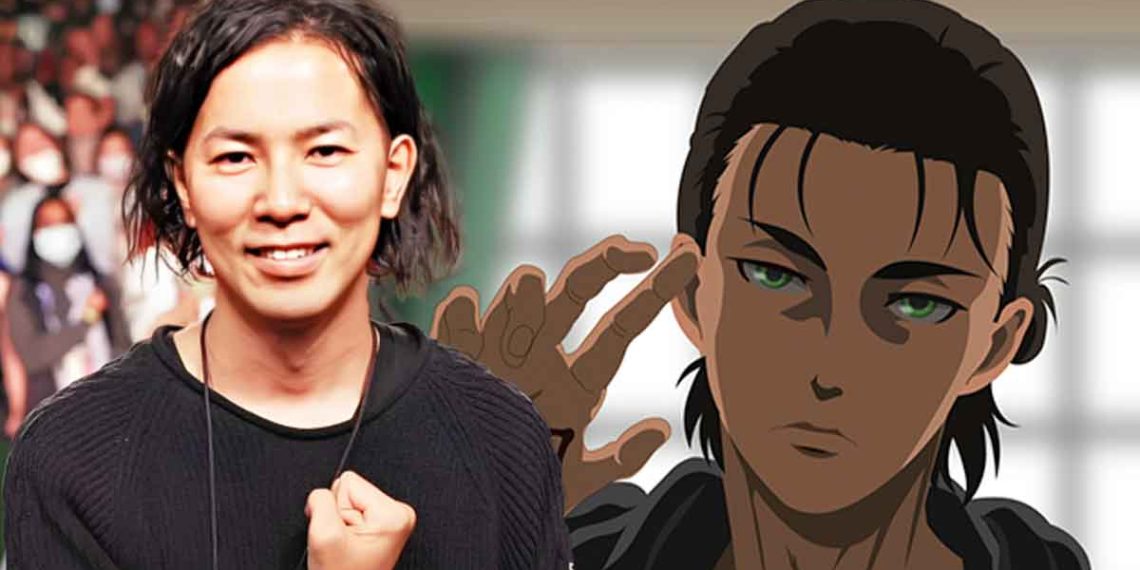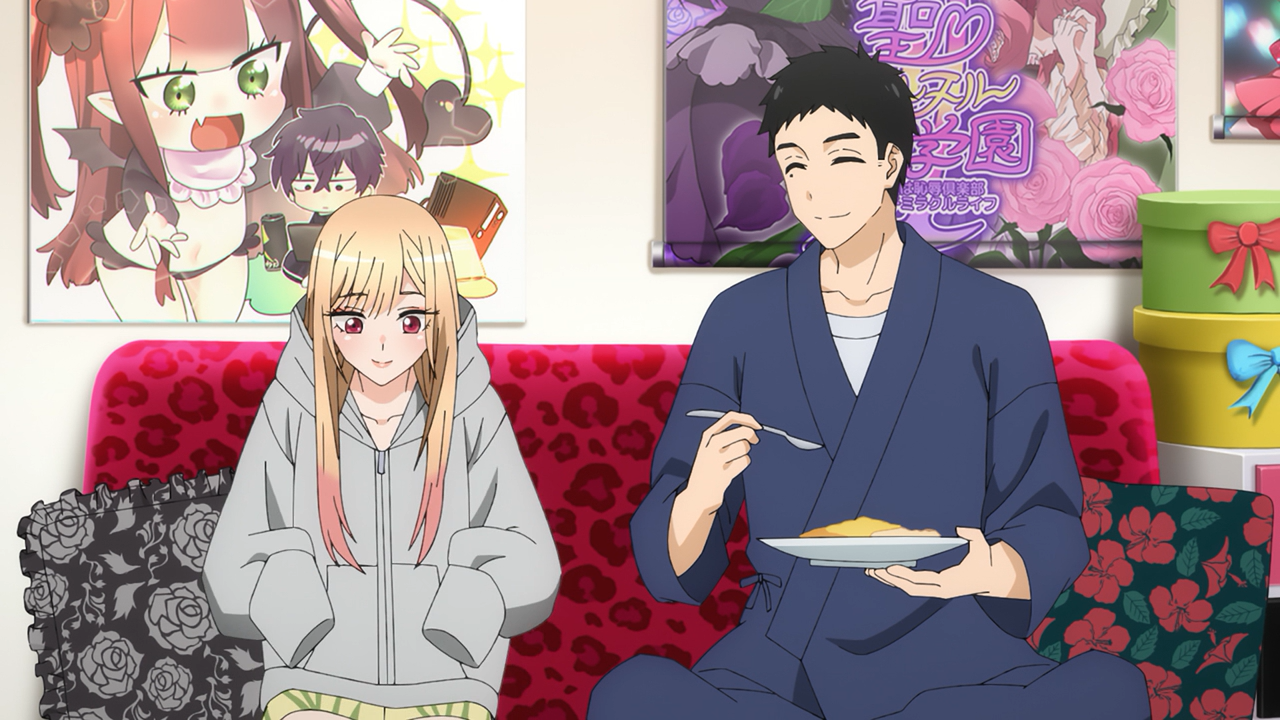The ending of Attack on Titan has sparked intense debate and discussion within the anime community, particularly due to its controversial conclusion involving Eren’s genocide of 80% of humanity.
Despite the widespread contention surrounding the ending, Hajime Isayama, the creator of Attack on Titan, has remained steadfast in his decision, revealing insights into the process behind crafting the series’ conclusion.
In an interview with the New York Times, Isayama disclosed that the ending of Attack on Titan was largely predetermined from the inception of the series.
Attack on Titan Creator Hajime Isayama Regrets Feeling Not Being Able to Change the Ending
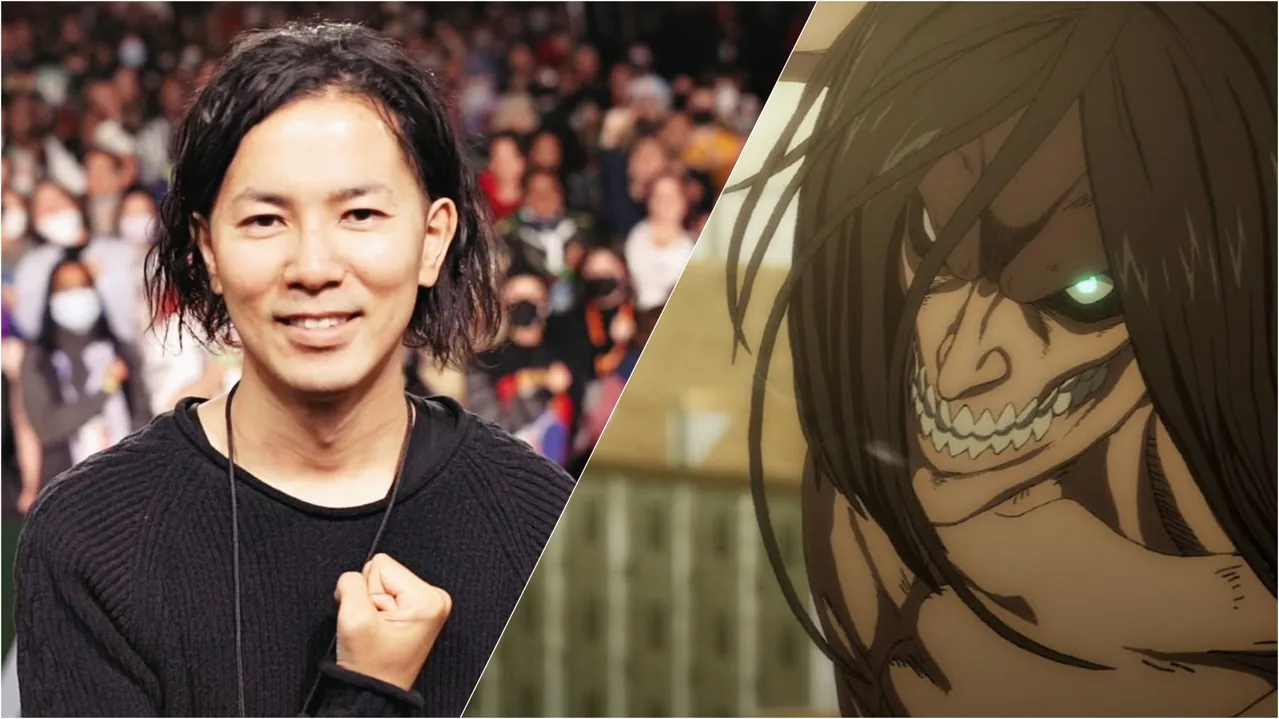
The narrative trajectory, which begins with Eren as a victim and culminates in his transformation into an aggressor, was a fundamental aspect of the story envisioned by Isayama from the outset. While certain elements of the plot may have evolved over time, the overarching conclusion remained consistent.
Isayama’s creative journey with Attack on Titan was marked by uncertainty and self-doubt, particularly during the early stages of the manga’s publication. As the series gained momentum and amassed a dedicated fanbase, Isayama grappled with the weight of expectation and the responsibility of delivering a satisfying conclusion.
Despite his initial vision for the series’ ending, Isayama acknowledged feeling constrained by his predetermined narrative trajectory.
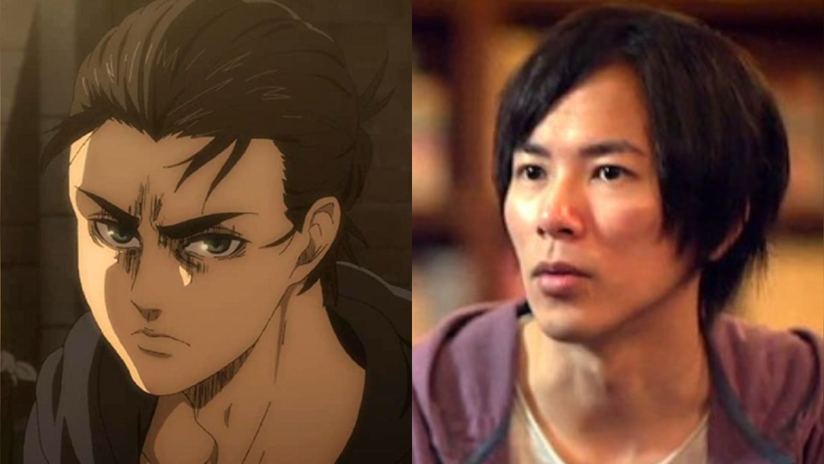
He lamented the lack of creative freedom afforded by the manga medium, likening his own plight to that of Eren’s entrapment by his predetermined fate. Isayama expressed a desire to deviate from the planned ending, citing the restrictive nature of manga creation as a hindrance to his artistic expression.
Isayama’s identification with Eren’s struggle underscores the thematic resonance of Attack on Titan, wherein characters are inexorably bound by the constraints of fate and destiny.
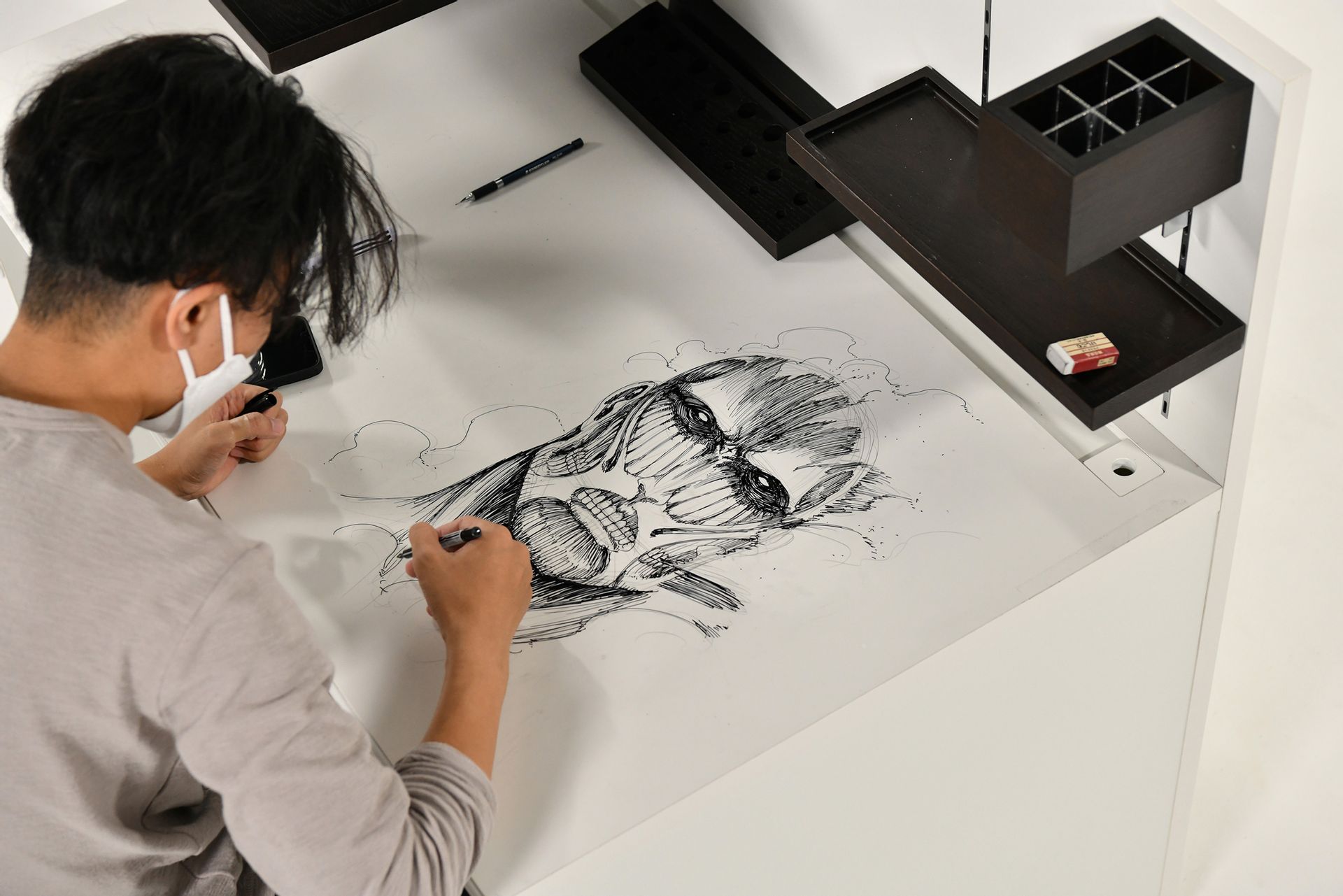
The author’s admission of feeling confined by his own narrative choices highlights the complex relationship between creator and creation, wherein artistic vision is both shaped by and beholden to external pressures.
Ultimately, Isayama’s revelation offers a sneak peek into the intricate process of crafting a narrative as expansive and thematically rich as Attack on Titan.
While the series’ controversial ending may continue to divide opinion, Isayama’s candid reflections shed light on the challenges and constraints faced by creators in bringing their artistic visions to fruition.

